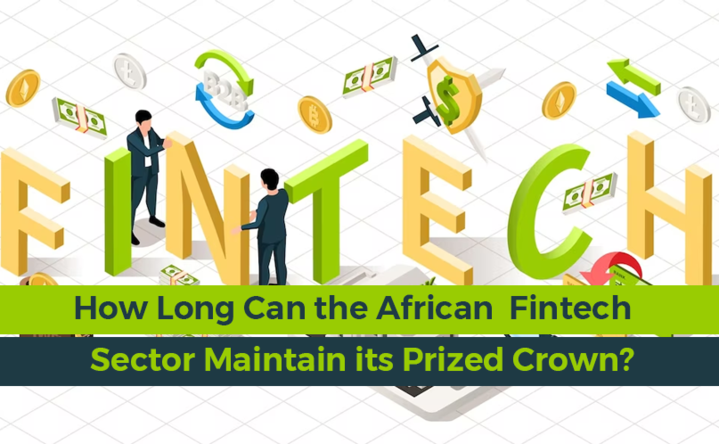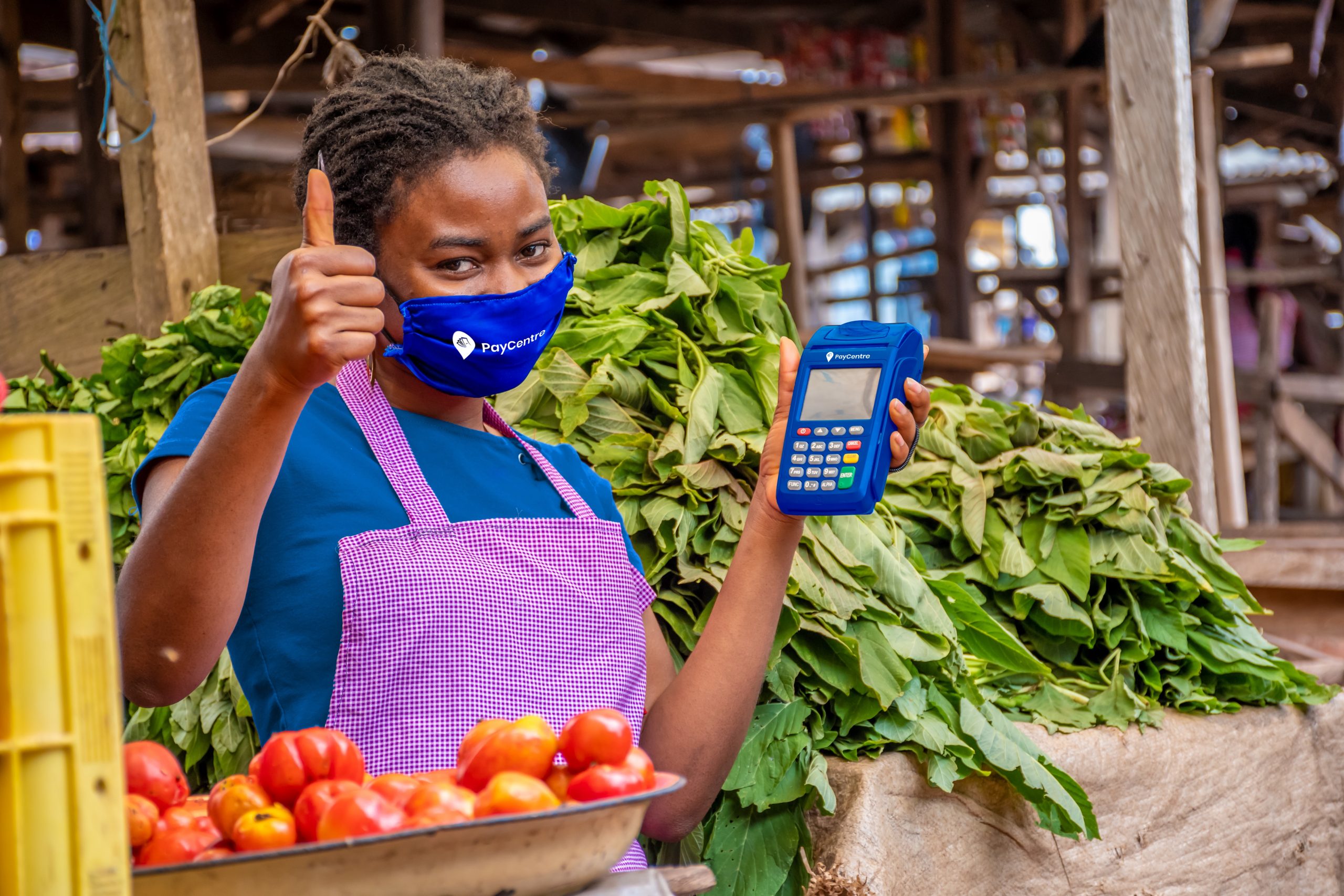How Long Can the African Fintech Sector Maintain its Prized Crown?

The African fintech sector has been the dominant force in the continent’s tech startup space for years. It has grown rapidly, transforming the financial landscape and increasing access to financial services for millions of Africans to access financial services that were previously unavailable or out of reach. However, the question remains: how long can the African fintech sector maintain its prized crown, and what factors will determine its success in the years ahead?
The sector which produced more than half of the continent’s tech unicorns (Interswitch, Flutterwave, Flawry, Wave, OPay, and Chipper Cash) will grow by 20 percent every year to 40 billion in 2025, according to Mastercard. Whereas the industry is only expected to grow by 7 percent globally in the same period. African fintech revenues could grow by eight times to reach $30.3 billion by 2025 from $3.8 billion in 2020 according to McKinsey. The report further noted that the success of fintech startups in Africa is being fueled by several trends, including increasing smartphone ownership, declining internet costs, expanded network coverage, and a young, fast-growing, and rapidly urbanizing population.
African Fintech Funding
In terms of Venture Capital funding, African fintech startups have continuously dominated other verticals Y-on-Y with startups specializing in digital/mobile payments having received the highest financing over the years followed by banking/lending startups and insurtechs. In 2022, fintech startups topped the funding chart quarter in, quarter out, except for the Q4 when for the first time since at least early 2019, it came second to Logistics & Transportation.
Again, back in 2021, fintech represented the majority of funding raised on the continent, with a share in constant progression, accounting for nearly $3 billion, or two-thirds of all the investment realized by startups across the continent that year, a report by markets insights firm Briter Bridges shows. This amount was also more than double the $1.35 billion investment that fintech in Africa raised in 2020, and triple the amount in 2019. Yet in 2022, the amount invested in fintech startups in Africa decreased ($1.8bn, down from $2.5bn i.e. -28% YoY), and so did its share of funding raised (37%, -17pp).
Still, the sector claimed the largest number of $100m+ transactions aka ‘mega deals’ though (4 out of 9): Flutterwave, MNT-Halan, Interswitch, and MFS Africa. While the likes of Opay, which raised $400 million in Series C funding; Flutterwave, which got $170 million in a Series C round; and TymeBank, which raised $180 million in a Series B. Jumo and MNT Halan raised $120 million rounds, as digital payments gateway MFS Africa gained $100 million. This was as Zepz (formerly WorldRemit) raised $292 million in Series E financing, while Chipper Cash raised $250 million, Tala $145 million and Wave sealed $200 million in funding were the mega deals in 2021.
The Likelihood of Continuous Growth
Despite the -28 percent decline ($1.8bn, down from $2.5bn i.e. -28% YoY) in the African fintech startup funding in 2022 and of course, the Q4 2022 historic toppling by the Logistics & Transportation sector, fintech dominance of the African tech scene is not yet over. The realities on the ground support its continued dominance especially with deepening mobile phone usage and internet penetration on the continent. Mobile subscriber penetration across the continent is predicted to increase by four percentage points to hit 615 million — half of the continent’s population — by 2025, according to the GSM Association. It is also poised for greater growth as the adoption of lending, digital payments, banking, and insurance services grows.
Africa is regarded as the world’s second-fastest-growing and most profitable payments and banking market after Latin America, according to a McKinsey report, and this only means that the fintech sector is likely to continue to attract investors tapping into the increasing growth opportunities.
The continent is already a global leader in mobile money adoption, accounting for the bulk of the mobile money transactions made in 2020 — a year that saw the number of mobile money accounts rise by 43%. Mobile money success across the continent is likely due to the ease of access brought by advancements in telecommunications technology.
For instance, M-Pesa, a mobile money service by East Africa’s biggest telco, Safaricom, does not require internet connectivity for its customers to send and receive money, as well as to pay utility bills — the wallet turns subscribers’ phone numbers into a sort of proxy for bank accounts. The service recently surpassed voice to become Safaricom’s top earner after the platform’s revenues hit $745 million for the financial year ending March 2021.
Main Driver of Fintech Growth in Africa
One of the key factors that have contributed to the growth of the African fintech sector is the continent’s large unbanked population. According to the World Bank, more than 60% of adults in sub-Saharan Africa are unbanked, meaning they do not have access to formal financial services. This presents a significant opportunity for fintech startups to provide financial services to the underserved population. The sector has risen to the challenge and has been successful in offering innovative and accessible financial solutions to the unbanked.

One example of this is mobile money services, which have been particularly successful in Africa. Mobile money allows people to send and receive money, pay bills, and make purchases using their mobile phones, even if they do not have a bank account. Kenya’s M-Pesa, which launched in 2007, is one of the most successful mobile money services in the world. It has revolutionized the way people in Kenya transact and has played a significant role in driving financial inclusion in the country. Other mobile money services, such as Paga in Nigeria and EcoCash in Zimbabwe, have also been successful in enabling financial inclusion in their respective countries.
Another factor driving the growth of the African fintech sector is the rapid adoption of mobile technology on the continent. The World Bank and African Development Bank estimate that there are some 650 million mobile phone users in Africa, a continent with a population of over 1.3 billion people. This has enabled fintech startups to provide mobile-based financial services that are accessible to a wide range of people. Mobile banking apps, such as Carbon in Nigeria and TymeBank in South Africa, have been successful in offering digital financial services to people who do not have access to traditional banking services.
Huddles that African Fintech Startups most Overcome to Continue to Remain on Top
Despite significant progress, the African fintech sector still faces significant challenges and one of these challenges is the absence of a strong regulatory framework. While some African countries have made strides in developing regulatory frameworks for fintech, many others still lack clear guidelines. This creates a regulatory grey area that fintech startups may find difficult to navigate, impeding their growth and expansion. For example, Nigeria, one of Africa’s largest fintech markets, has struggled to develop a strong regulatory framework for the sector. As a result, there is a lack of clarity on issues such as licensing, data protection, and consumer protection.
Access to funding is another issue confronting the African fintech sector. While the sector has seen significant investment in recent years, there is still a funding gap between what is available and what is needed. This is because investors are put off by the perception that investing in African fintech is high-risk. The success of some fintech startups in the sector, such as Flutterwave and Paystack, is changing this perception.
Furthermore, competition in the African fintech sector is intensifying. To remain competitive as more players enter the market, startups must differentiate themselves and offer unique value propositions. This can be difficult, particularly for early-stage startups with limited resources.
Finally, the African fintech sector has achieved remarkable success in recent years, transforming the continent’s financial landscape. To maintain its dominant position in the tech startup space, however, the sector must address the challenges it faces, such as a lack of a robust regulatory environment, access to funding, and increasing competition. By doing so, the African fintech sector will be able to continue providing innovative financial solutions to the unbanked, driving financial inclusion in Africa, and, of course, retaining its crown for as long as possible.
